Reportar esta entrada
Más sobre la misma comunidad-colección
Mi hijo posando a punto de resbalarse.
My son playing at Lincoln Park, just like I did 20+ years ago.
Cielo en la tierra - El Paso, Tejas
These beautiful flowers located at the downtown mural pathways. ...
"Reflexiones del Desierto" mural de pasarela
This mural represents strength and captures El Paso/Juarez ...
Gran inauguracion 2016 renovacion, Centro Plaza De Los Lagartos
Vanessa Diaz and Noemi Valdez visited the newly renovated ...
La O.T. Bassett Tower (Torre O.T. Bassett)
The O.T. Bassett Tower is located at 303 Texas Avenue. The ...
Mural de Sacerdote Catolico - El Paso, Texas
This mural, found on 805 S. El Paso St. depicts a priest that ...

















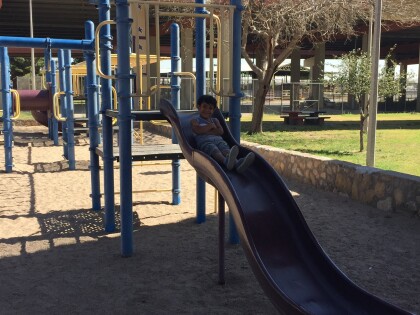
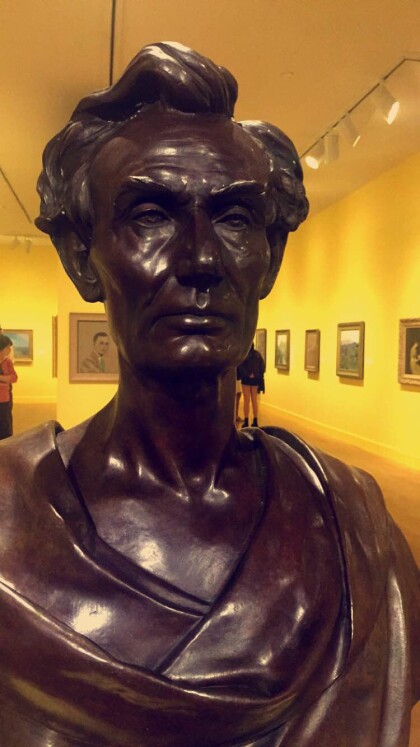





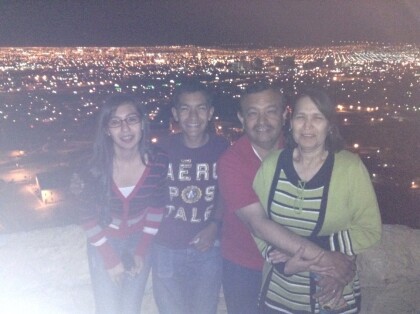
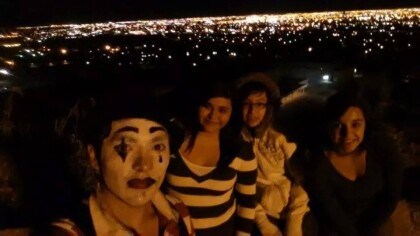
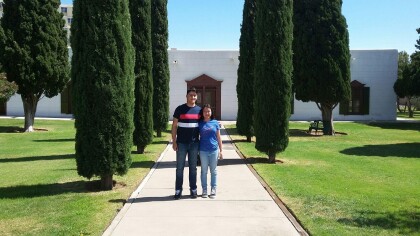
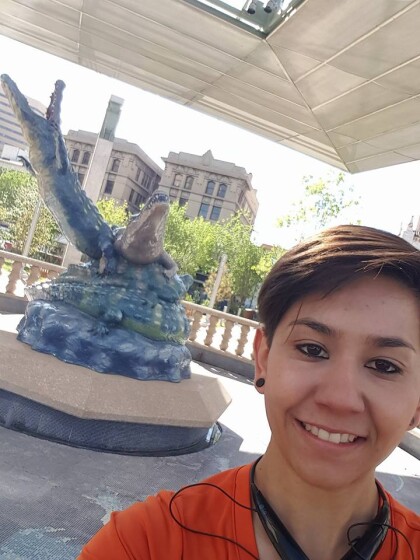
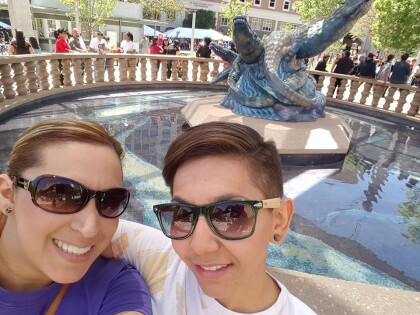
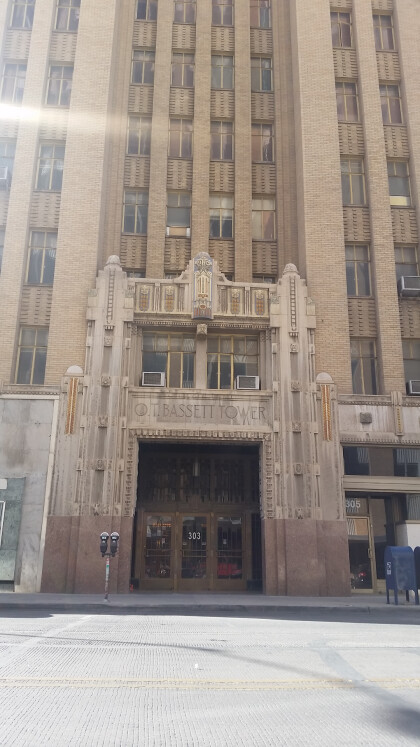
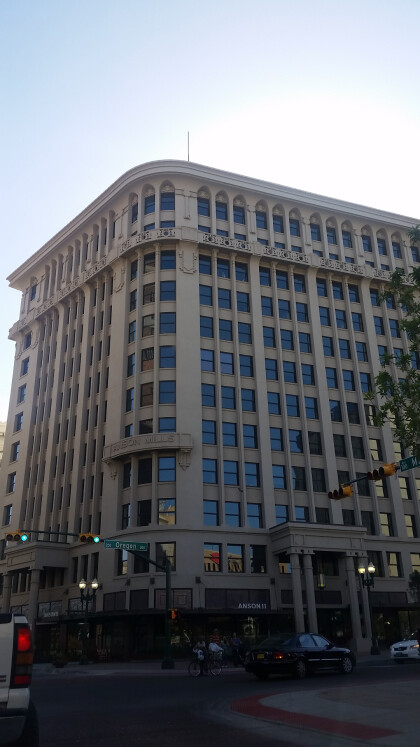
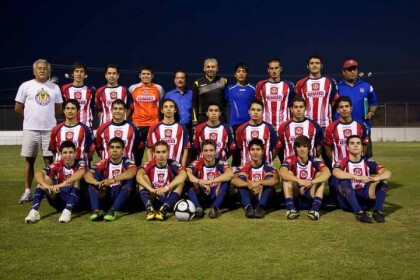
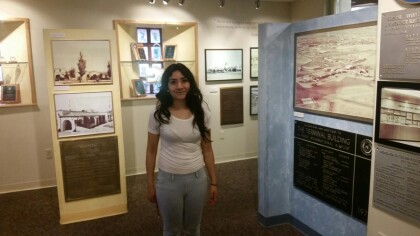
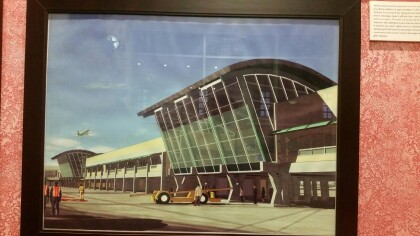
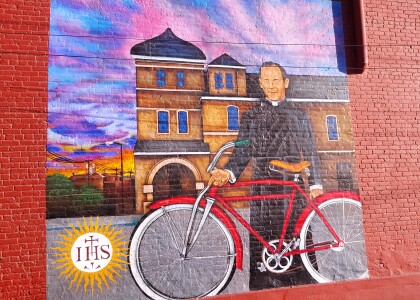

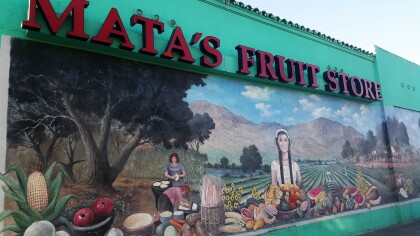
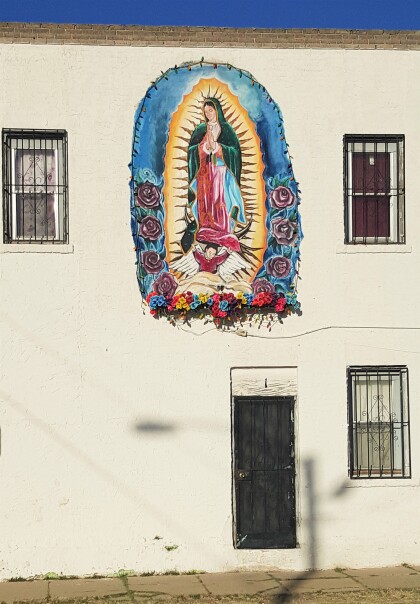

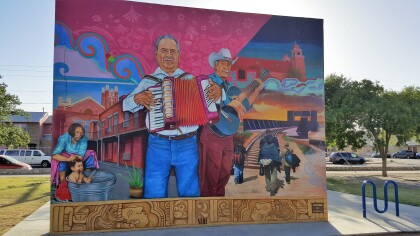
Comentarios
Hacer un comentario